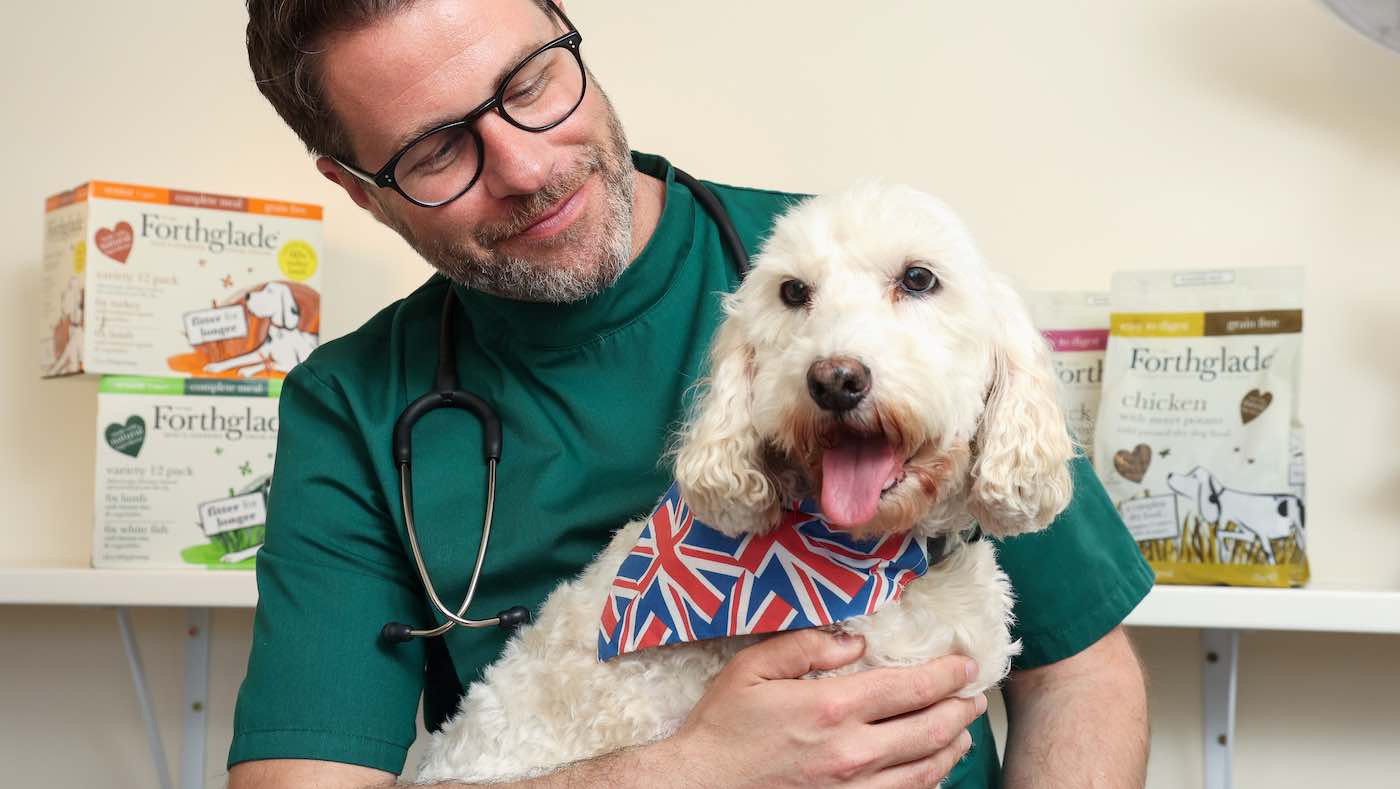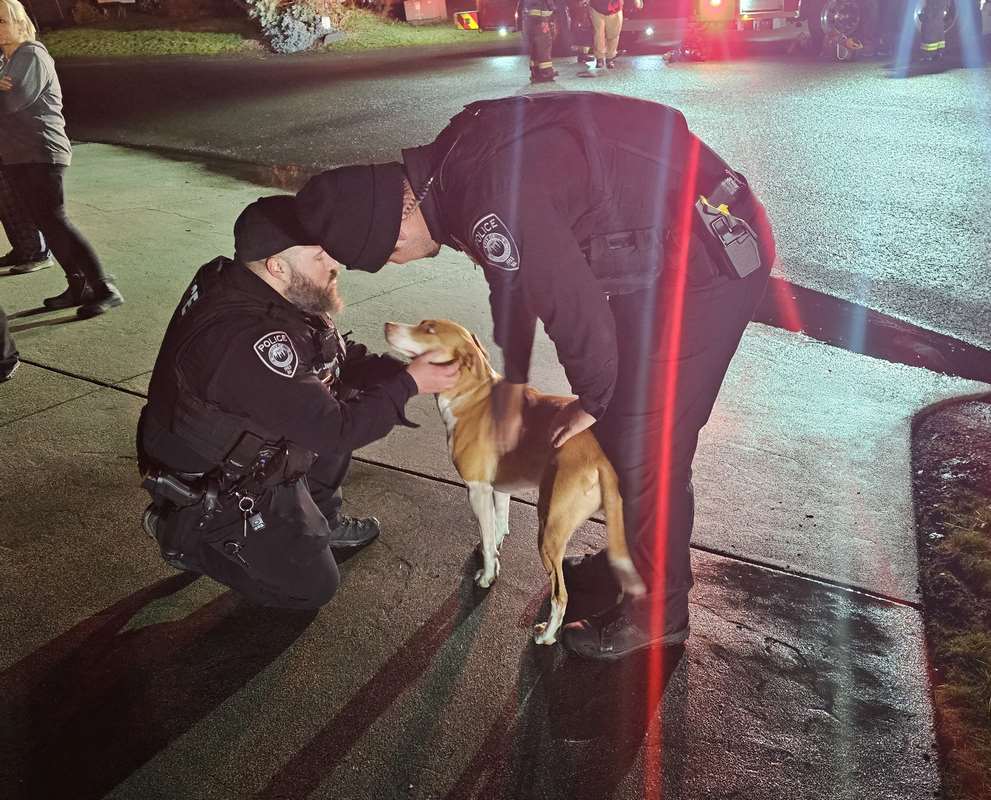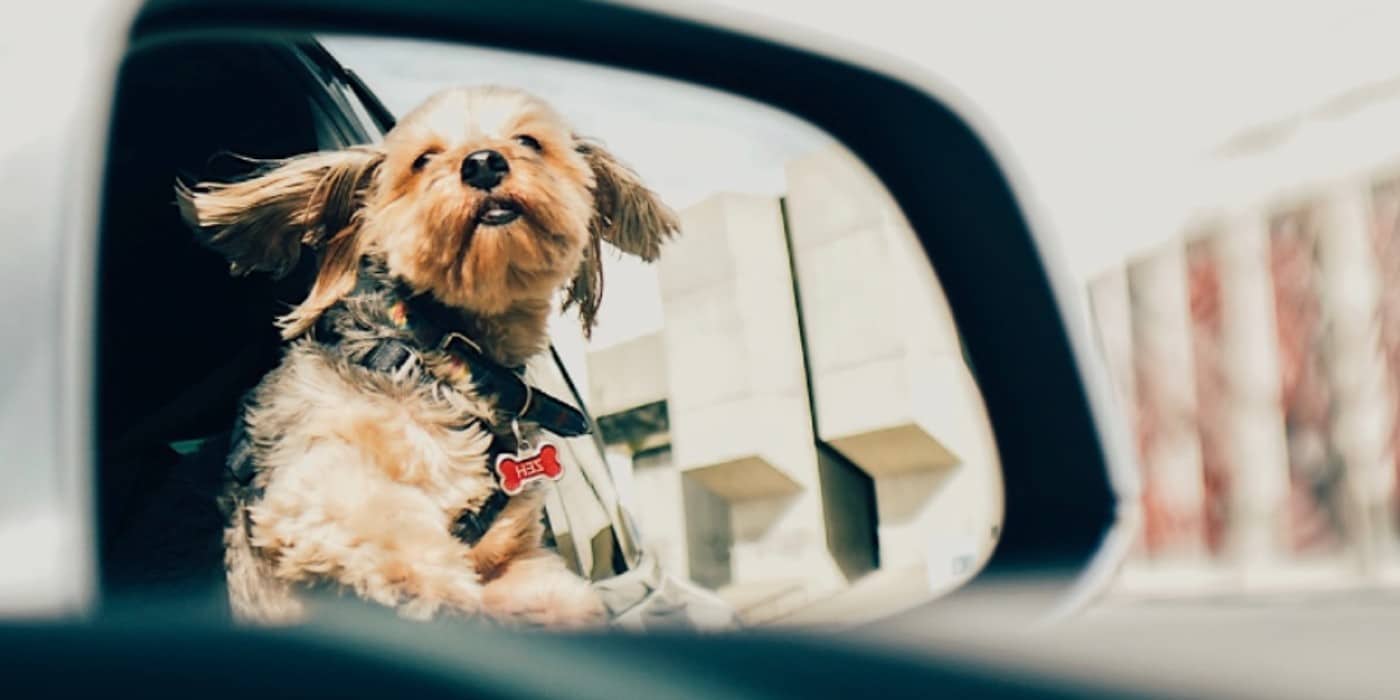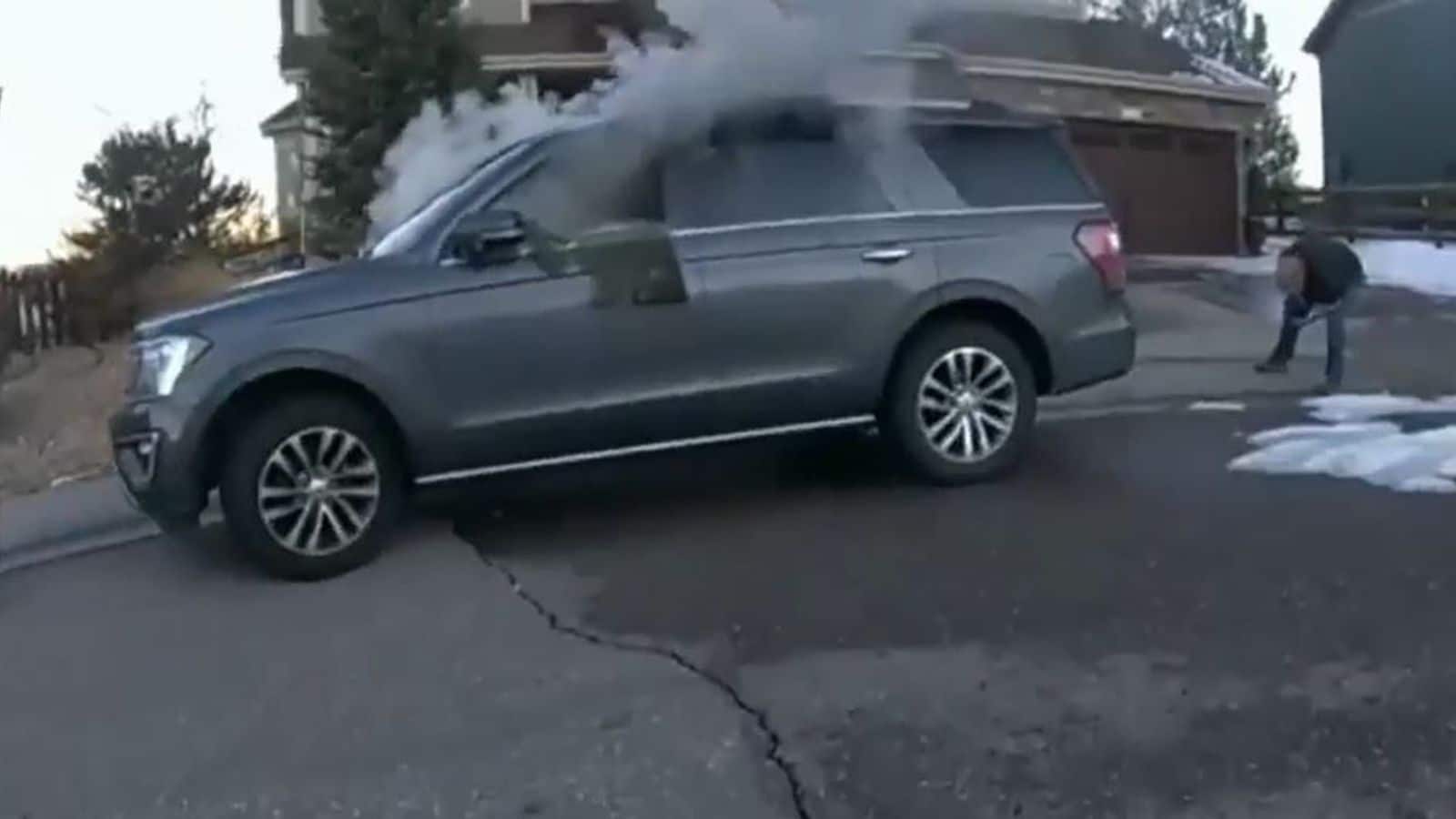
To mark National Pet Week which begins May 7, a pair of dog experts compiled the top things you should and shouldn’t be doing with your senior pooches–including, keeping them mentally stimulated, but not expecting them to run for more than 60 minutes.
A canine’s lifecycle is much faster than that of a person, and older dogs may be unable to keep pace with the owner on long walks. The same goes for expecting them to run long distances or climb steps with slippery flooring.
A survey of 2,000 dog owners, commissioned by Forthglade (a British company that makes natural dog food) found that 43 percent believe you can’t teach an old dog new tricks.
But veterinarian Dr. James Greenwood and dog behaviorist Caroline Wilkinson agree that teaching your old dog new tricks is a great idea when it comes to keeping your pet healthy-and their brains active–in their golden years.
Table of Contents
Mental Health
“It’s absolutely possible to teach an old dog new tricks, to keep it mentally stimulated later in life, and reduce cognitive decline,” said Wilkinson, who believes a dog is considered senior when they’re 8-10 years old.
“We know that half the time spent on mental activity is just as stimulating for your dog as double the time on physical activity, and so this is a really easy way to keep their life enriched and happy as they get older.”
Respondents in the poll listed the top ways they spend ‘quality time’ with their dog: 65 percent cited playing games, 55 percent said taking their dog to their favorite walking spots and 53% said treating their pup to their favorite foods.
Exercising
When it comes to exercise, a quarter of dog owners believe elderly dogs should be walked for 30 minutes a day on average, according to the survey by market research company OnePoll.
Dr. Greenwood said that it is important to keep a dog moving as they age, but within the limits of their abilities.
Talking to your vet is the best way to ensure that older dogs are mobile.
Diet
Wilkinson says a nutritious diet should be at the top of the list for senior dog care, yet 37% of those polled feel unsure if they should even change their dog’s diet as it ages.
“A healthy diet can help with everything from energy to play and good behavior, right through to improving sleep.” A healthy diet helps with everything from energy to play and good behavior, right through to improving sleep.”
Look for dog food made especially for older dogs.
DOs and Don’ts for Elderly Dogs
DO : Be on the lookout for changes in your dog’s behavior, both mentally and physically.
DON’T: Prioritize your lifestyle and agenda over the dog. Make sure that the walks you take are tailored for their age. Also, try to minimize any drastic changes in their routine or lifestyle.
DO: Remember your dog’s abilities may be changing. Older dogs may struggle on hardwood floors and steps for example, so putting runners and rugs down will help them with mobility.
DON’T: Don’t dismiss an older dog by presuming they don’t want to still be active, or thinking that once an old dog gets a condition, we can’t do anything with them anymore.
DO: Keep their brain active by engaging with them in simple training exercises, which could have both a physical and mental element.




Leave a Reply